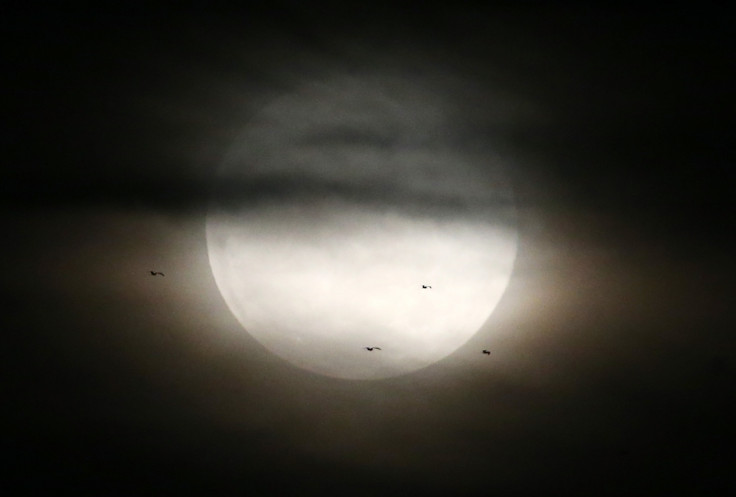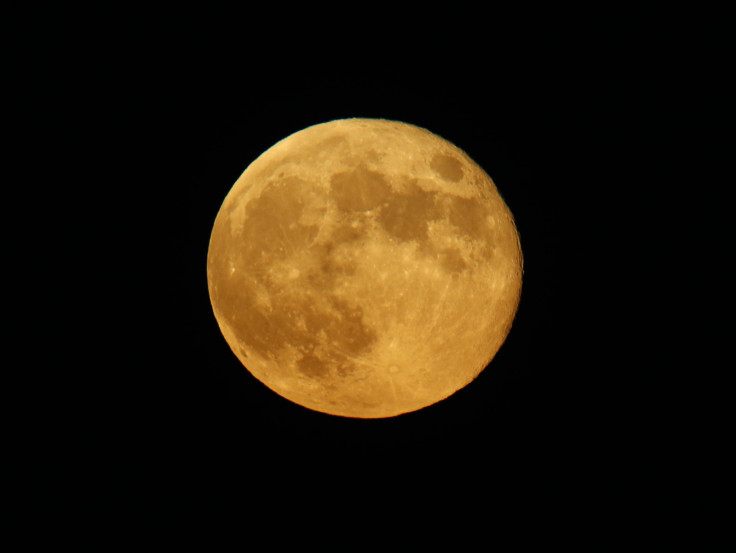September astronomical events: Supermoon lunar eclipse, equinox and new moon

September is set to be an exciting time for stargazers. This month there will not only be an equinox and a partial solar eclipse. At the end of the month (28 September 2015) there will be a rare 'supermoon' lunar eclipse – the first of its kind in more than 30 years. Here is our round-up of the most exciting celestial events taking place during the next few weeks.
4 September: Mercury at greatest eastern elongation
Mercury will reach its greatest eastern elongation of 27 degrees from the Sun, meaning it is a great time for those in the Southern Hemisphere to try and spot the planet, as it will be at its highest point above the horizon in the evening sky. For the best chance of seeing Mercury, use a pair of binoculars to look for the planet low in the western sky shortly after sunset.
13 September: New moon
The moon will be located on the same side of the Earth as the Sun, so it will not be visible in the night sky. This is a good time for sky-watchers to observe celestial objects normally obscured from view by the moonlight.
13 September: Partial solar eclipse
A partial solar eclipse will be visible in Southern Africa – within Zambia, Botswana, South Africa, Mozambique and Swaziland – as well as Antarctica and Madagascar. As seen from Earth, a solar eclipse occurs when the moon passes in front of the sun. Whether the eclipse is partial or total depends on the distance of the moon from our planet during the event.

A total eclipse occurs when the Earth intersects the umbra portion of the Moon's shadow, whereas when the umbra does not reach the surface of the Earth, the sun is only partially hidden – which results in an annular solar eclipse. Partial solar eclipses take place when the viewer is inside the penumbra.
23 September: Equinox
Two equinoxes take place every year when the sun shines directly on the equator, and the length of day and night is nearly equal – they usually occur in the third week of March and September. The word "equinox" is derived from Latin, and means "equal night" – however, equinoxes do not have exactly 12 hours of daylight. The September equinox marks the first day of autumn in the Northern Hemisphere and the first day of spring in the Southern Hemisphere.
28 September: Supermoon lunar eclipse
A rare cosmic event will take place at the end of the month, when two events – a supermoon and a lunar eclipse – occur at the same time. According to Earthsky, the event will be visible in Europe, the Americas, Africa, Western Asia and the Eastern Pacific Ocean region. It is the first event of its kind since 1982, and Nasa officials have said it will be the last until 2033.
A supermoon takes place when a full moon happens at the closest point in its elliptical orbit around Earth, which makes the full moon appear brighter and larger. A lunar eclipse when the moon passes into the Earth's shadow.
© Copyright IBTimes 2025. All rights reserved.





















